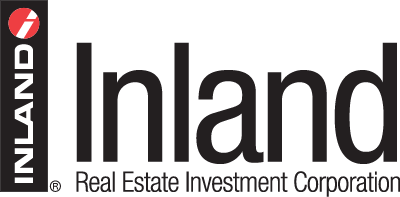Inland Private Capital Corporation (IPC), the industry’s leader in securitized 1031 exchange transactions, raised eyebrows among a few industry experts in 2016 when it purchased The Preserve at the Meadows multifamily apartment complex in Fort Collins, Colorado, for $46.1 million.
At the time, the $209,545 price per unit represented a high watermark for market-rate suburban style apartments in Fort Collins, according to Jake Hallauer of Chrisland Real Estate Companies, which represented the seller in the transaction.
Yet, even with what appeared to be a lofty purchase price, IPC saw plenty of opportunity for its investors. According to Keith Lampi, IPC’s president and chief operating officer, “We believed the property, situated in the heart of the rapidly growing Fort Collins market, provided investors with a unique opportunity to capitalize on the market’s robust growth and increased investor demand over the past several years.”
Lampi added, “Through proactive asset management and value-add renovations, we were confident we could make the necessary improvements and add operational efficiencies to turn this highly desirable (but slightly aging) asset into a contemporary gem that would provide investors significant profit upon a sale.”
IPC’s foresight and strategy proved correct when it completed the sale of The Preserve at the Meadows on August 25, 2021 for $61.013 million. After improving and managing the property for slightly over five years, the transaction resulted in a total return to IPC’s investors of 167.45 percent (calculated based on the aggregate amount of original capital invested in the property).*
Lampi credits several factors contributing to the strong returns, including:
-
Strategic value-add renovations and property improvements to bring the asset up to current market standards
-
Proactive property management that helped achieve a 99.1% occupancy rate by the time of sale
-
A robust investment market in Fort Collins (the 9th fastest growing city in the US) that IPC knew well and had been monitoring for years
IPC facilitated the sale of the Preserve at the Meadows on behalf of the Ft. Collins Multifamily III DST, one of the company’s Delaware statutory trust 1031 exchange investment programs, which act as replacement property for a Section 1031 exchange. DST investments are an option for 1031 exchangers who are interested in owning institutional-quality properties that are professionally managed.
IPC currently manages a more than $9 billion portfolio across multiple asset classes in 43 states. From inception through December 31, 2020, IPC has sponsored 266 private placement real estate programs, applying its expertise across an array of asset classes including multifamily, hospitality, senior living, student housing, retail, corporate and industrial.
*Past performance is not a guarantee of future results. This is not intended as tax advice.
Important Risk Factors to Consider
An investment in a Delaware statutory trust (DST) involves certain risks including but not limited to tax risks, general real estate risks, risks relating to the ownership and management of the properties, risks related to the financings, risks relating to a private offering with an associated lack of liquidity, and risks relating to the DST structure.
Investments in real estate assets are subject to varying degrees of risk and are relatively illiquid. Several factors may adversely affect the financial condition, operating results and value of real estate assets. These factors include, but are not limited to:
-
changes in national, regional and local economic conditions, such as inflation and interest rate fluctuations;
-
local property supply and demand conditions;
-
ability to collect rent from tenants;
-
vacancies or ability to lease on favorable terms;
-
increases in operating costs, including insurance premiums, utilities and real estate taxes;
-
federal, state or local laws and regulations;
-
changing market demographics;
-
changes in availability and costs of financing;
-
acts of nature, such as hurricanes, earthquakes, tornadoes or floods
-
economic risks associated with a fluctuating U.S. and world economy, including those resulting from the novel coronavirus and resulting pandemic.





